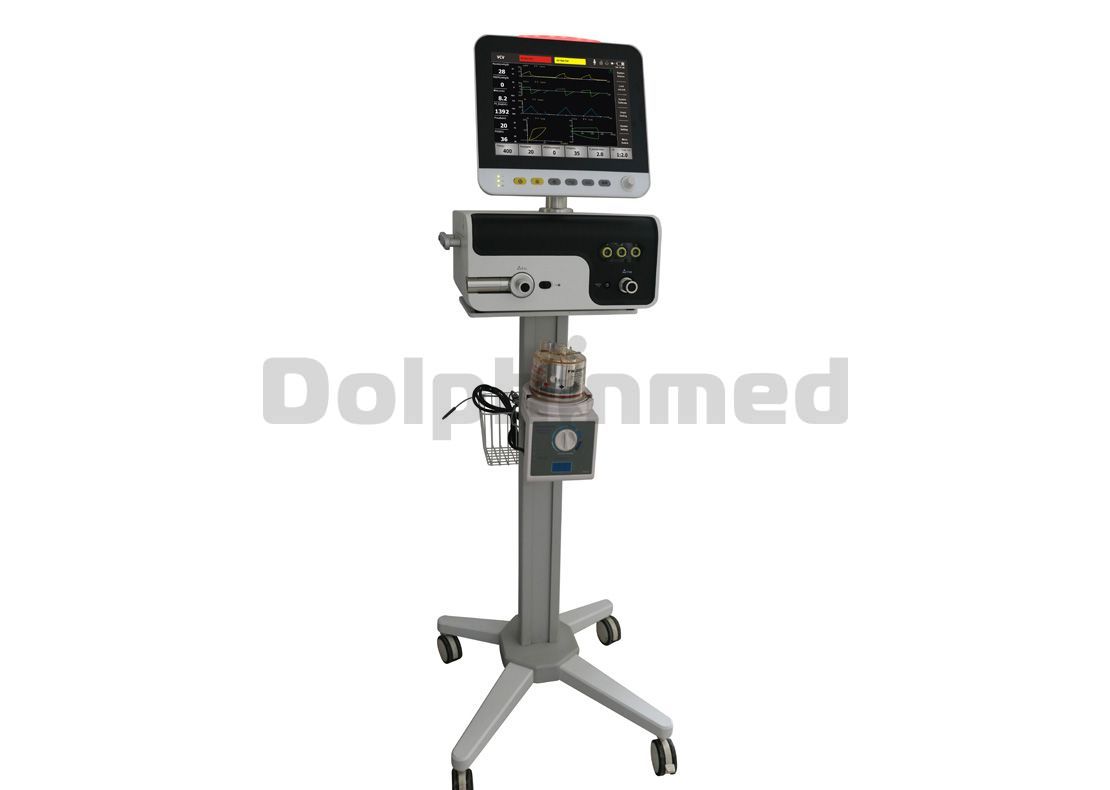The Four Basic Functions Of The Mobile Icu Ventilator
Adult ICU Ventilator is a device that can replace, control or change a person's normal physiological breathing, increase lung ventilation, improve respiratory function, reduce respiratory power consumption, and save heart reserve. When infants and young children with acute respiratory failure, active conservative treatment is ineffective, respiratory distress and phlegm and thick, thick, difficult to drain, obstruct airway or atelectasis, should consider tracheal intubation and ventilator.
The Mobile Icu Ventilator must have four basic functions, namely, inflating the lungs, inhaling to exhalation, expelling the alveolar gas, and exchanging the breath into the inspiratory, in turn. Therefore, there must be: (1) providing the power to transport the gas, instead of the work of the human respiratory muscles; (2) generating a certain respiratory rhythm, including the respiratory rate and the breathing ratio, instead of the function of the central respiratory nerve to control the respiratory rhythm; (3) providing suitable moisture Amount (VT) or minute ventilation (MV) to meet the needs of respiratory metabolism; (4) The supplied gas is preferably heated and humidified to replace the human nasal function and supply more than the amount of O2 contained in the atmosphere. In order to improve the inhalation O2 concentration, improve oxygenation. Power source: Compressed gas can be used as power (pneumatic) or motor as power (electric). Breathing frequency and suction ratio can also be used by pneumatic air control, electric electric control, pneumatic electronic control, etc. It is often switched to exhalation (fixed pressure type) after reaching a predetermined pressure in the breathing loop during inhalation, or switched to exhalation (constant volume type) after inhaling to a predetermined capacity, but modern ventilators have both Forms.







 English
English  French
French  Chinese
Chinese  Spanish
Spanish 














